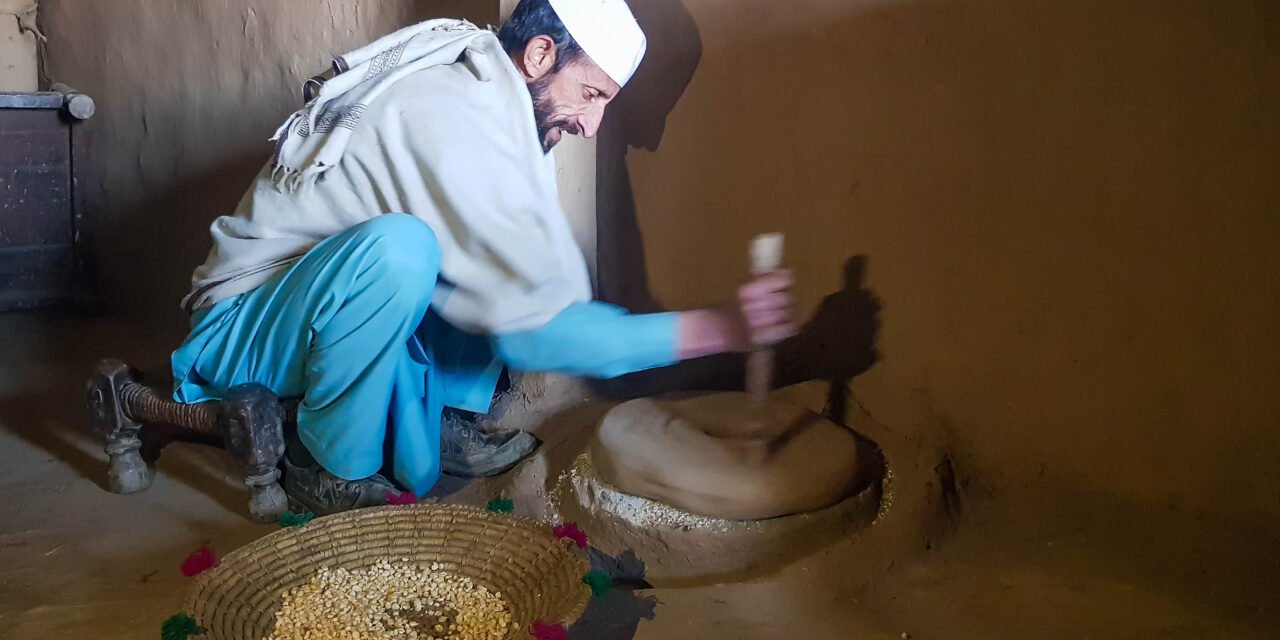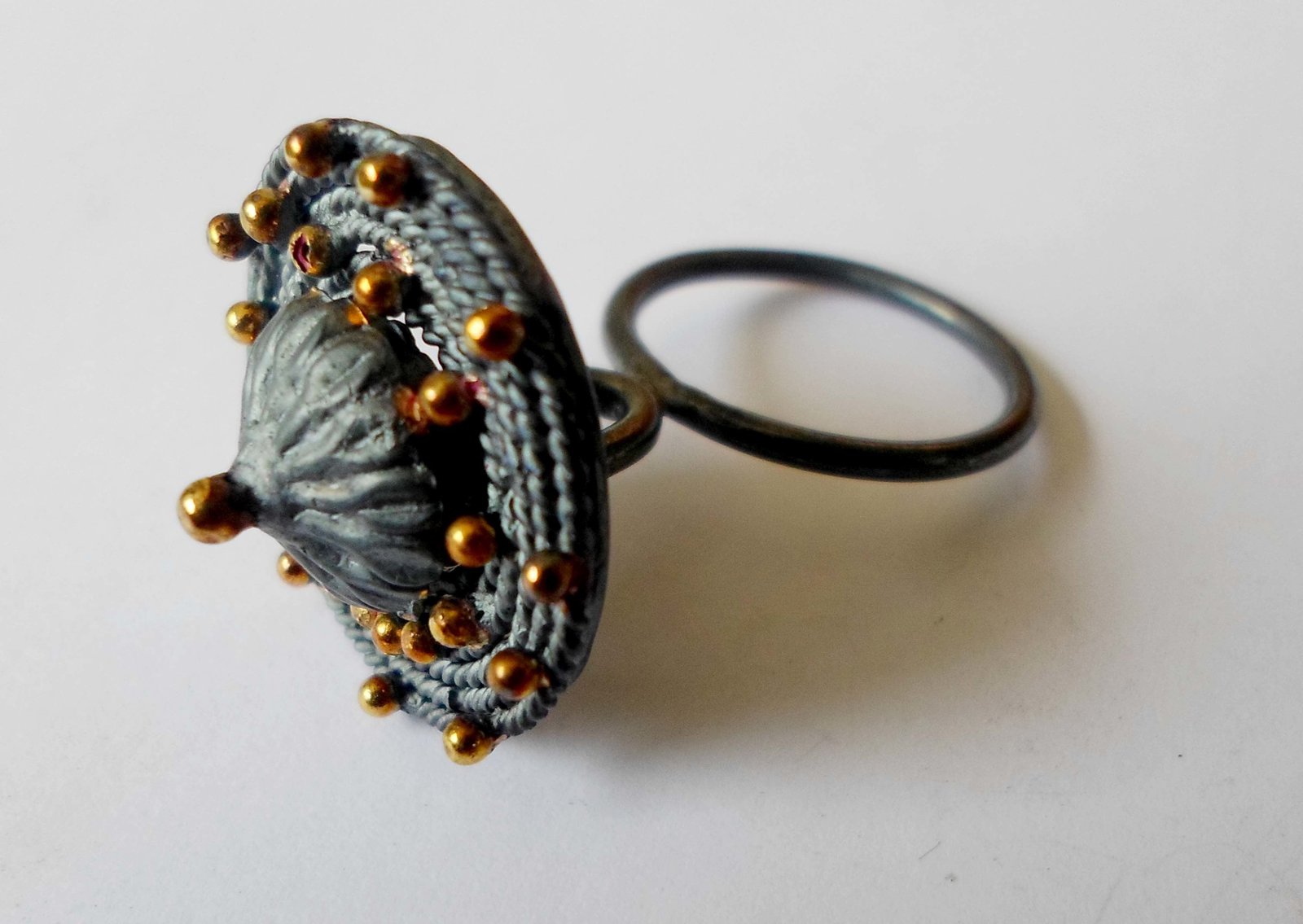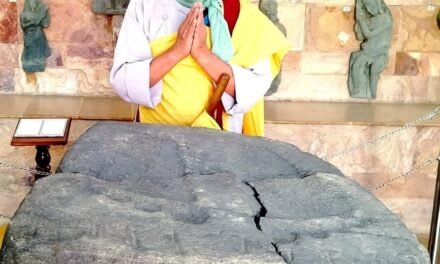By Fazal Khaliq
SWAT: In the modern age of science and technology when state-of-the-art machinery is used for various purposes including grinding grain, there is a village in Swat where residents still use the ancient way of grinding grains into flour.
Locally known as maichun, a hand run grinding millstone, though has already disappeared long ago, the residents of Baligram, a remote hilly village in Kokarai union council, still use the ancient stone hand-driven millstone to grind wheat, maize, barley, and rice when their village is cut off from the rest of the areas during the snowfall or harsh winter.
The hand-run millstones are in pairs with a stationary bedstone and a runner stone that rotates. The movement of the runner or a hand stone over the bedstone grinds grains when is rotated by someone.
The residents said that there was a time when every house in their small village had the hand-run grinding stone but now only few houses had it.
“Though we usually bring wheat and maize flour from markets but when the access to our village is blocked due to snowfall and harsh weather in the winter season, we have to use maichun for grinding grain to prepare our rottis,” Muhammad Khan, a resident of Baligram told Dawn, adding that they had been using the hand-run grinding mill since their forefathers used it.
He said that they grew their own wheat and maize in their fields and stocked them in their houses to use them in the harsh weather and time. “Use of maichun is easy and every member of the house can run it. Even our women use it to grind grains and prepare rottis (breads),” he said, adding that the quern stone in his house was about 200 years old.
He said that there were different sizes of the hand-run grinding machines that were installed in every house. Grains are put into a hole in the middle of the quern stone and when it is rotated the two stones squash the grain into flour.
The residents said that the flour grinded with the hand-run grinding stone was tastier and high standard than the flour grinded with modern machines.
“We prefer to grind our grains or corns with our own maichun because the flour is pure and of a high standard. We will use it in future too because the flour from big mills have not that taste which we have from our hand run grinding mill,” Gul Rahman, a resident of Einger Pattey in Baligram village told Dawn.
Baligram village is deprived of modern facilities including roads and electricity where people use solar panels to lighten their rooms at the night and walk about two hours to reach their village from the road.
The residents of the village said that the government must install electricity and construct road to their village so that they could have a little ease in their life.
According to cultural activists and experts, the earliest evidence of grinding stones for food was found in northern Australia, about 60,000 years back for which different stones were adapted for grinding different things and vary according to location. Apart from grinding grains, the stones were used to crush nuts, roots, bulbs, berries, species, even insects, small mammals, and reptiles before cooking them.





